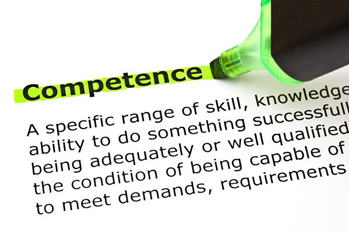The Path to Independence
The Path to Independence: Introduction to Facilitated Communication
A journey of a thousand miles begins with a single step. Lao Tzu, 6th Century B.C. For thousands of children and adults on the Autism Disorder Spectrum (ADS), the ability to talk or communicate has been disrupted, or virtually eliminated in many cases, by the neurological disorder that affects 1 in every 68 children in…
Read MoreJamie Burke: Thoughts from His Journey to Independent Typing
Hello folks, it’s certainly my joy to share with you these thoughts that have helped and supported me on this work of increasing the ability to engage a more dependable and independently accessed typed communication. These are still the dearly good steps that continue to be helpful in the typing of communication. Jamie Burke October…
Read MoreThe Path to Independence: Introduction to Facilitated Communication
A journey of a thousand miles begins with a single step.Lao Tzu, 6th Century B.C. For thousands of children and adults on the Autism Disorder Spectrum (ADS), the ability to talk or communicate has been disrupted, or virtually eliminated in many cases, by the neurological disorder that affects 1 in every 88 children in the…
Read MoreStarting Down the Path to Independent Typing
“I believe we cannot isolate physical independence from the other two elements of facilitated communication – communication and emotional support. Although I am called an independent typer because I no longer need physical touch, I cannot walk into a room, and type without a facilitator. The facilitator must still provide communication and emotional support to…
Read MoreThe Path to Independence: Step 1 – Facilitator Training
"(Facilitated Communication is) …strongest therapy for people with no means of expression is sensational, controversial, revolutionary, technically subtle FC. It involves understanding movement lapses of people and providing physical support to help overcome them. Plastic nature of users of FC requires topnotch weaning of support towards ultimate goal of independence." Larry Bissonnette, Independent Typer Facilitated…
Read MoreThe Path to Independence: Step 2 – Presumption of Competence
It is especially important that difficulties with communication not be taken as evidence of intellectual competence, as is often the case. It is easy for school administrators and teachers to make a blanket assumption that non-verbal autistics are mentally disabled as well as physically. The fight to overcome those assumptions is one of the most…
Read MoreThe Path to Independence: Step 3 – Create & Implement an FC Training Plan
The key to successful Facilitated Communication (FC) training is to create and implement a well-constructed training plan: [one_third] FC user and facilitator agree upon steps towards independence: When will we practice? What activities will we use? How often will we reevaluate our plan? [/one_third] [one_third] Establish at least 1 independent method of communication Yes/no ABCD…
Read MoreThe Path to Independence: Step 4 – Documentation of Facilitated Communication Progress
As Facilitated Communication (FC) training continues, it is important for the support team (FC trainers, family members, teachers, etc.) to know how far down the Path to Independence the FC user has come. Specific guidelines and standards are needed to support the ongoing use of FC. Evaluation of a person’s progress with FC can be…
Read MoreThe Path to Independence: Step 5 – Training the Trainer
As the Facilitated Communication (FC) typer continues down the Path to Independence and their skills improve and advance, the facilitator/trainer should also continue to develop and improve their training techniques. The best way for them to do this is to set the goal of becoming a certified Master Trainer. Facilitated Communication Training (FCT) is a…
Read More







